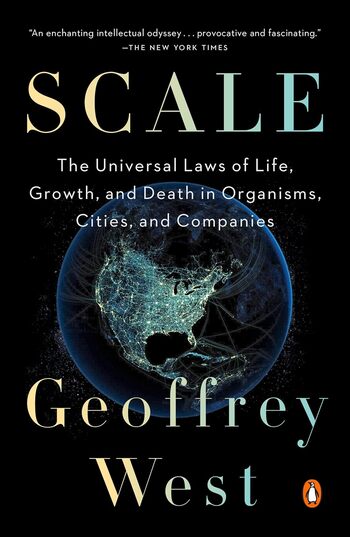
Singletasking promotes focusing on one task at a time. The book debunks multitasking myths, showing its inefficiency and harm. It offers practical tips to enhance productivity and improve relationships.
Main Lessons
- Multitasking is a flawed approach; it distracts and decreases productivity.
- Singletasking focuses on completing one task fully before moving to the next.
- Switching between tasks leads to errors and inefficient use of time.
- Multitasking can result in poor communication and missed details.
- Fully engaging in one task can improve relationships and respect.
- Neuroscience shows our brains can’t handle multiple tasks effectively simultaneously.
- Singletasking involves managing your environment and controlling distractions.
- Journaling can help organize thoughts and aid in singletasking.
- Setting boundaries and going offline can enhance focus.
- Clustertasking groups similar simple tasks for efficiency.
- Focusing on ‘vital few’ tasks boosts productivity more than ‘trivial many’.
- Periodic breaks are essential to replenish focus and energy.
- Making singletasking a habit can transform productivity and well-being.








